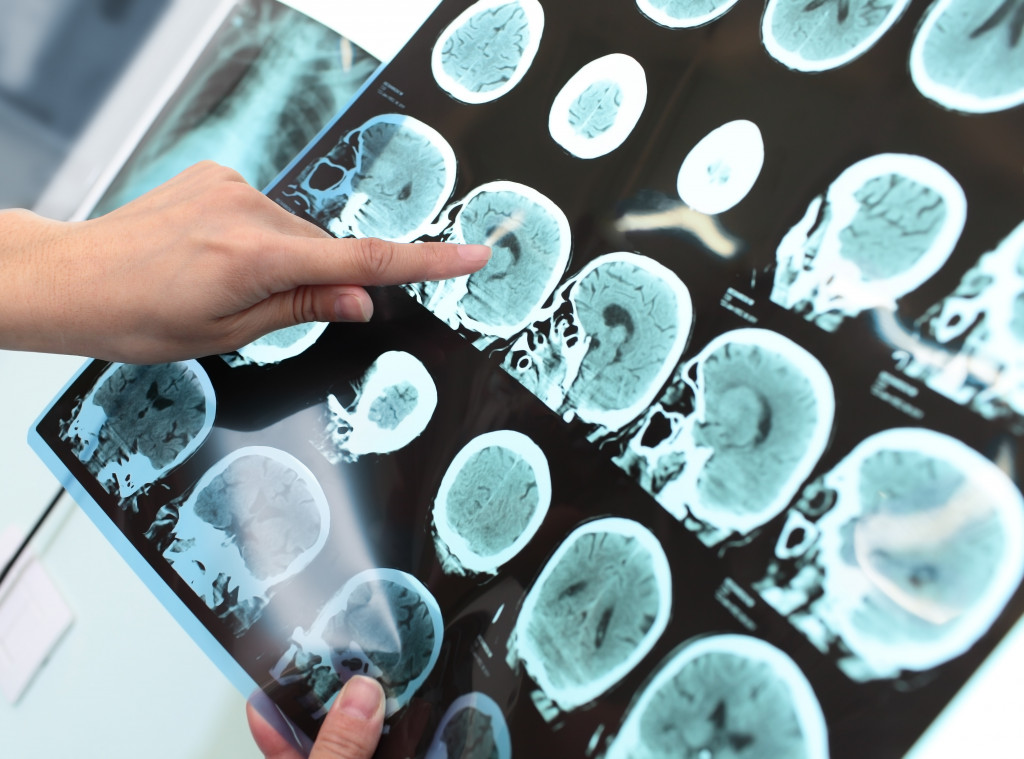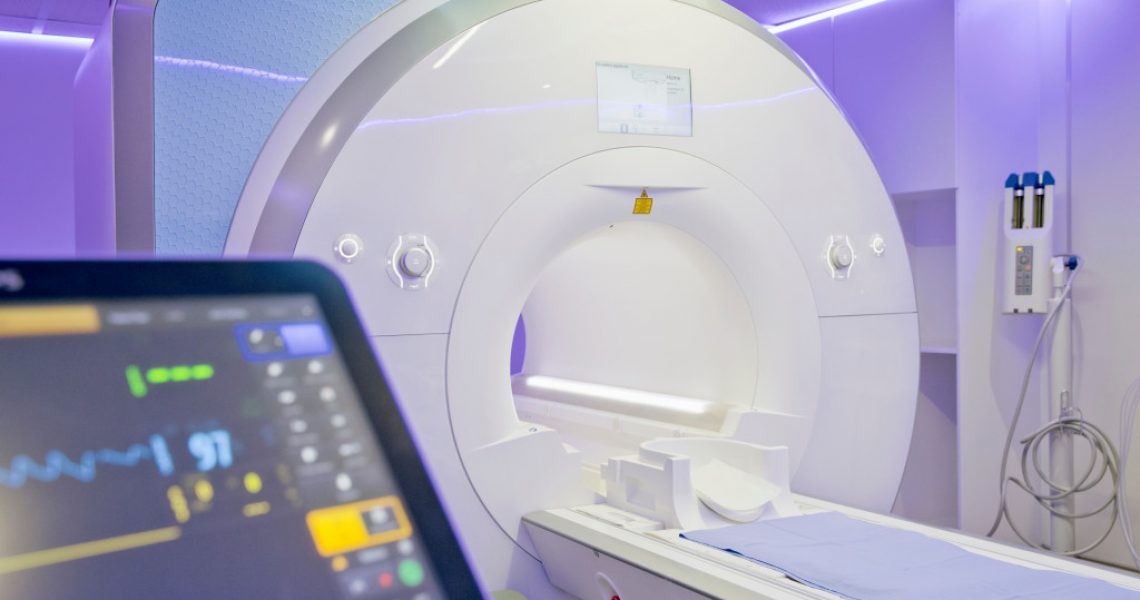Technology is increasingly becoming a staple in all industries, including healthcare. In a rapidly changing and complex healthcare landscape, technology can help medical professionals achieve better quality care, better health outcomes, reduced costs, and improved provider experience. Here are some examples of how technology can be used to enhance healthcare.
Electronic Health Records
Electronic health records (EHRs) have been one of the most important innovations in healthcare technology in recent years. They have revolutionized the way healthcare providers track and manage patient data. EHRs allow providers to store patient information in a secure, electronic format, accessed from any computer or device. This makes it easier for providers to share information with other healthcare professionals and allows them to track patients’ medical history more accurately.
EHRs also help reduce the risk of medical errors. EHRs can help providers identify potential drug interactions and other health risks by providing a comprehensive view of a patient’s medical history. They can also help doctors make more informed decisions about treatment plans.
Overall, EHRs play a critical role in improving the quality and efficiency of healthcare delivery. They help providers save time and money while ensuring that patients receive the best possible care.
Better Patient Care
Technology has revolutionized the way healthcare is delivered. The use of technology has facilitated better patient care by helping to improve communication, coordination, and efficiency among healthcare providers. For example, electronic health records (EHRs) allow healthcare providers to electronically track a patient’s medical history and medication allergies. This helps ensure that all providers caring for the patient have accurate information about their health.
In addition, technology has allowed healthcare providers to develop new treatments and therapies that are more effective and less invasive. For example, laparoscopic surgery uses tiny cameras and instruments to enable surgeons to operate on patients through small incisions. This surgery results in less pain and faster healing times for patients.
Doctors can also use a reliable Lasik procedure to deal with sight issues among patients. The procedure is quite safe, and it works very effectively to ensure that the patient is rid of any eye-related conditions.
Overall, technology has transformed how healthcare is delivered, improving the quality of care for patients and helping to advance medical research and innovation. As this trend continues, people can expect to see even more advancements in the healthcare field, improving the health and well-being of patients worldwide.

Connected Devices
Healthcare providers are increasingly relying on technology to help them deliver quality care. Connected devices, which include smartphones, tablets, and wearables, offer several advantages in healthcare settings. For example, they can help providers:
- Monitor patients’ health more effectively.
- Access patient data quickly and easily.
- Coordinate care more efficiently.
- Improve communication between patients and providers.
- Enhance patient engagement and satisfaction.
Overall, the role of technology in healthcare is critical to improving the health and well-being of patients. With connected devices playing a central role in care delivery, healthcare providers must continue investing in this crucial area.
Telehealth
Telehealth is an increasingly important part of the healthcare industry. Telehealth can improve patient care while reducing costs by allowing healthcare providers to communicate with patients remotely.
Telehealth can be used to provide a variety of services, including diagnosis, treatment, and follow-up care. It can also monitor patients’ health between visits to the doctor’s office. This helps ensure that patients receive the care they need and that any problems are caught early.
Telehealth is also valuable for rural areas, which may not have enough healthcare providers to meet the population’s needs. With telehealth, patients in rural areas can access the same level of care as patients in larger cities.
Telehealth is changing the way people think about healthcare. By making it easier for patients to receive care and reducing costs, telehealth makes healthcare more accessible and affordable for everyone.
The recent pandemic also highlighted the importance of telehealth. By enabling remote patient monitoring, telehealth helped to contain the spread of the virus and reduce its impact on healthcare systems worldwide.
Overall, telehealth is playing an increasingly important role in the healthcare system, helping to improve access to care for millions of people worldwide.
Fewer Medical Errors
Medical errors can be costly in terms of lost lives and wasted money. However, technology has the potential to help reduce these errors. For example, computerized physician order entry (CPOE) systems can help ensure that doctors prescribe the correct medication and dosage. Other technologies, such as bar coding, can help ensure that the right patient receives the right medication and dosage.
Technology can also help healthcare workers quickly and easily find the necessary information. For example, a nurse might be able to quickly find information about a patient’s medications by using a search engine specifically designed for healthcare workers. This search engine might include information about drug interactions and other potential problems.
Overall, technology has the potential to help reduce medical errors and improve healthcare outcomes.
Technology plays a significant role in all industries, including healthcare. As the healthcare industry evolves, providers must invest in technology and explore new ways to leverage its benefits.

